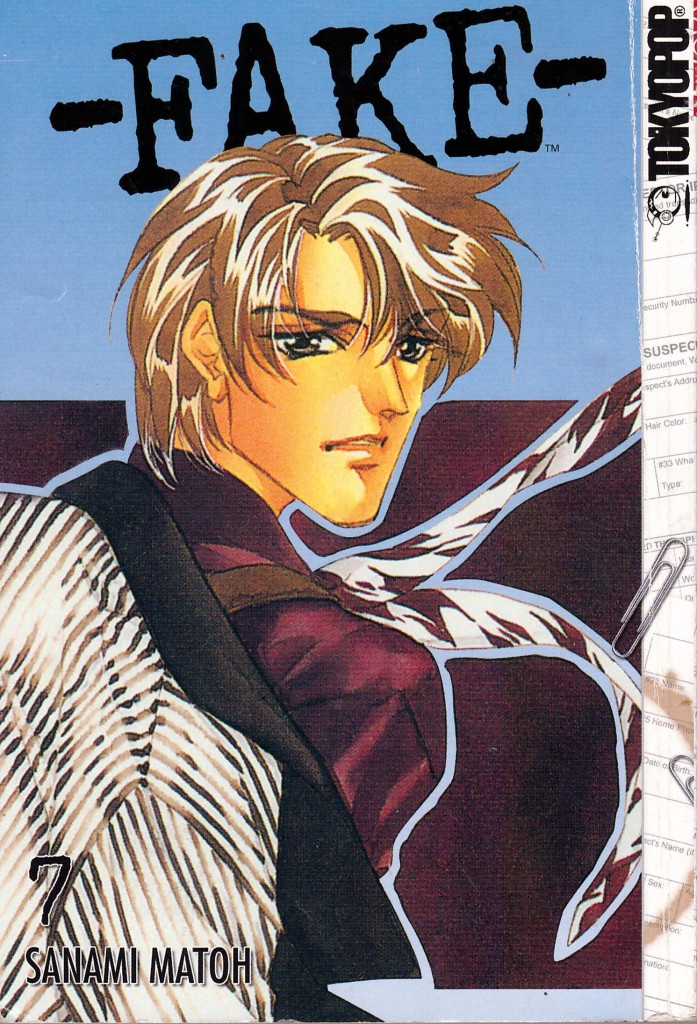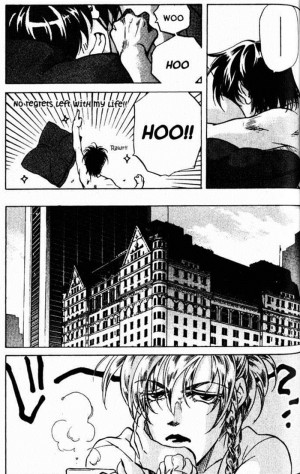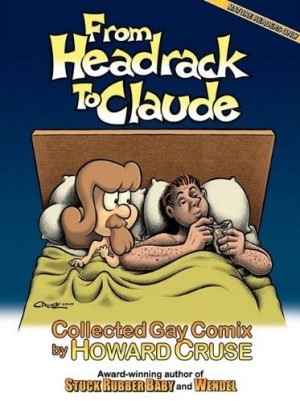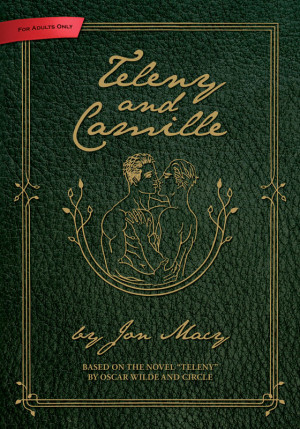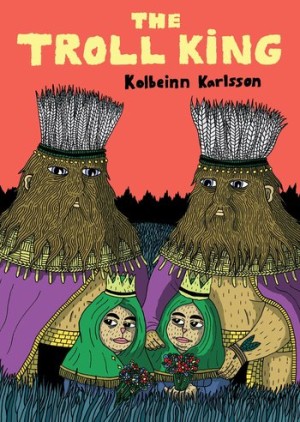Review by Ian Keogh
Sanami Matoh sidelined the romance sub-plots considerably in book 6, and when she returns to them over the opening pages it’s in a more heartfelt and less trivial manner as Ryo gets a lecture from an unlikely source. It could almost be editorial instruction regarding Matoh perhaps prolonging the tease aspect of Dee and Ryo’s mutual attraction for too long. A single story occupies almost every page, the only volume in the series where this occurs, and the book is better for that.
Dee and Ryo are co-opted as bodyguards for someone in the witness protection programme. Alicia is attractive, manipulative, and appears to have her own agenda. That the crime she witnessed involved a competitor for her own gangster boss husband is a further complication and just to really pile on the emotional turmoil that husband is the man responsible for the murder of Ryo’s parents. It seems at first as if there’s the gaping plot hole of Alicia’s safety being best seen to by remaining at home under her husband’s protection, but Matoh addresses that early. There is, however, a disarming and convenient ease with which Alicia manages to work her way free from those tasked with keeping her safe.
As in the remaining books, Matoh’s art is standard manga styling. There’s little that distinguishes what she does from the work of others, although it’s all carried out to competent standards and there’s the occasional really nice illustration capturing a mood (see sample page). All too often, though, her characters are either stone faced or greatly exaggerated in moments of high emotion, and that works against what she’s attempting to convey.
A surprising element of this extended story is just how far Matoh often moves it from the characters who’ve carried the series to date. Both Alicia and Leo have major roles, relegating those observing them to the background, and overall it has a feeling of aiming for Shakespearean tragedy. There are also elements of this in the brief finale, a far more explicit character piece in which the depths of feeling are finally discussed and matters resolved between Dee and Ryo.
Anyone who’s enjoyed Fake to date is likely to have few concerns about how Matoh brings it to a close, even if there’s no place for Bikky or Carol, otherwise series regulars. She viewed this as a first season, and several years later returned to Dee and Ryo for Fake: Second Season.
